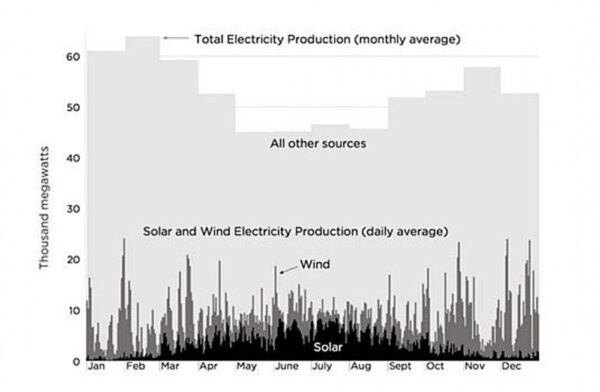How Much Oil Do Wind Turbines Use?
As the world seeks cleaner sources of electricity, renewable energy is heralded for not burning fossil fuels to produce energy. However, wind turbines contain moving parts and they require lubricants to operate at peak performance due to environmental and mechanical pressures. The amount of oil used by a wind turbine varies greatly depending on the size and type of turbine. A small turbine for powering the home only requires a very small amount of oil, whereas the largest offshore wind turbines regularly need topping up with large amounts of oil and other lubricants to keep them running efficiently. Proper maintenance including the use of oil ensures the reliability of cost-effective wind energy. As the fleet of wind turbines ages, many are entering a post-warranty period. This means that equipment repairs are becoming more costly for wind farm owners. Thus, proper maintenance including the use of oil to prevent equipment failure is critical to reduce costs and promote renewable energy production. Lubrication protects wind turbines from premature wear of many critical parts so they operate at maximum performance for greater productivity. Grease oil and grease are used in the gearbox, pitch gear, open gear, and yaw gear. Did you know every wind turbine contains 80 gallons of oil? At the moment, the average wind farm has 150 turbines. Each wind turbine requires 80 gallons of oil for lubrication, and this isn’t vegetable oil; this is a PAO synthetic oil based on crude… 12,000 gallons for one 150-turbine wind farm. Once a year, its oil must be replenished. To power a city the size of New York, it is estimated that about 3,800 turbines would be required… For just one city, that’s 304,000 gallons of refined oil. –Edward Rivis Wind Turbine Magazine and –Utility Smart * * *
How Much Oil Do Wind Turbines Use? Read More »

